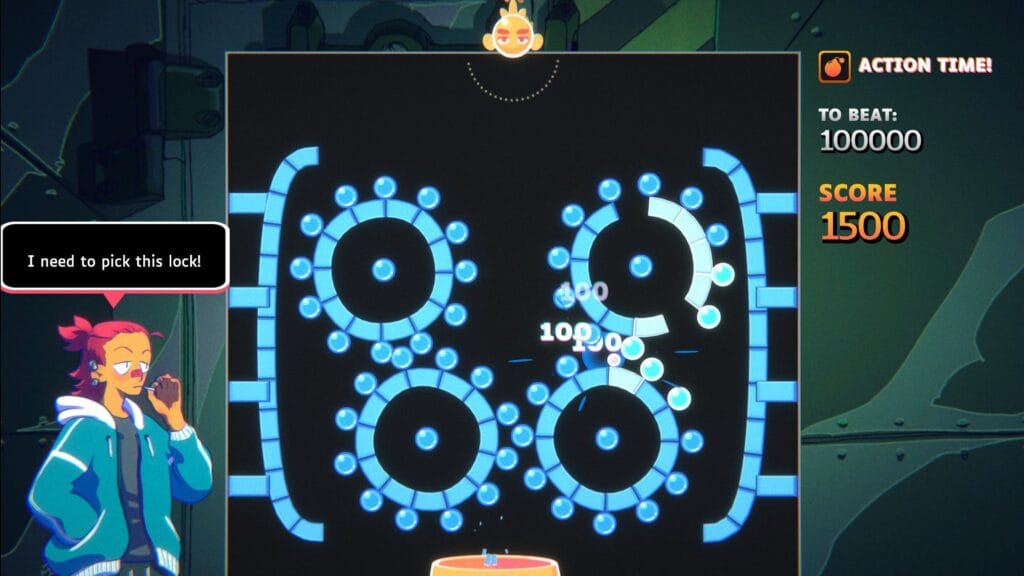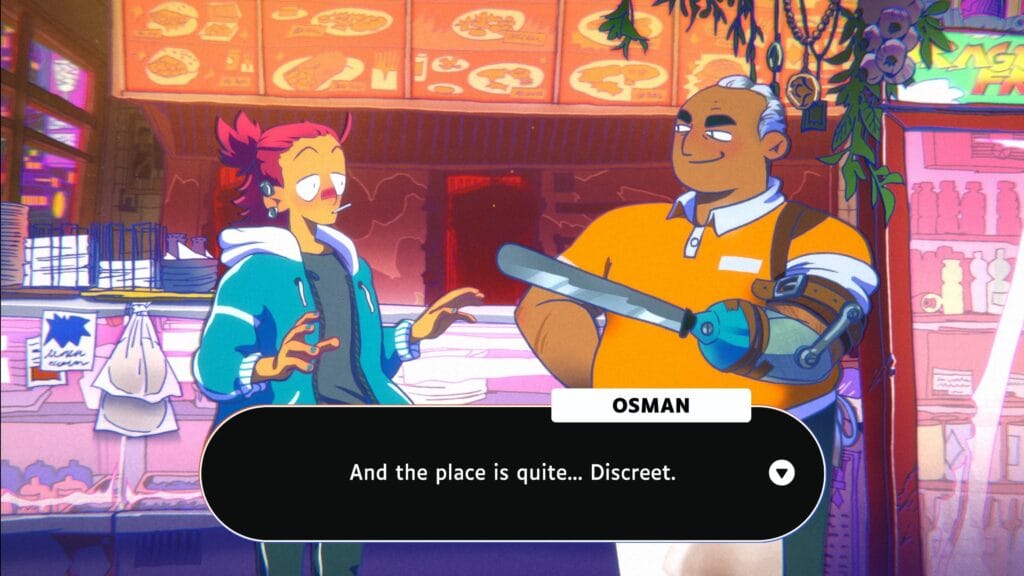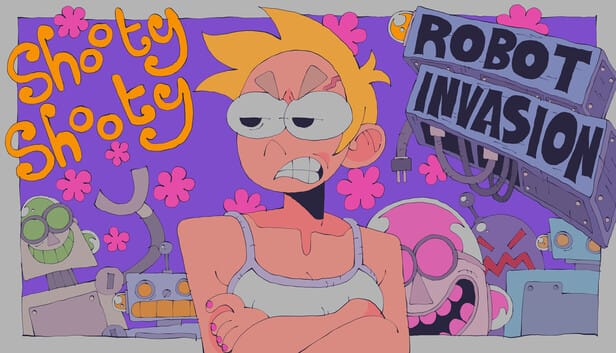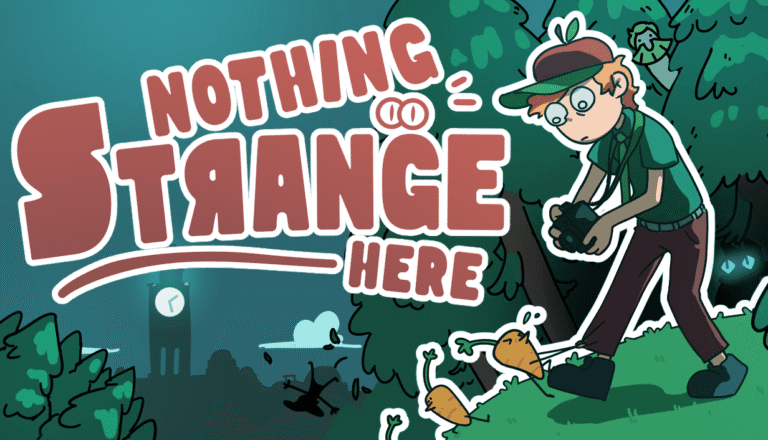In a landscape oversaturated with two-hour indie darlings and mechanically novel visual novels, Jump the Track stands out – not because it reinvents the wheel, but because it dares to attach that wheel to a blistering neon narrative and fling it down a social satire slope at full speed.
Developed by French collective Seed by Seed, Jump the Track is a compact, emotionally resonant hybrid: part visual novel, part arcade challenge, and all attitude. It runs roughly three hours but hits harder than games four times its length, wielding its ludic and narrative tools with sharp wit and tonal agility.
Arcade Mechanics Meet Emotional Agency
Yes, it’s a visual novel – but that label has never felt less adequate. In Jump the Track, every branching choice must be earned through a Peggle-style pachinko board. These segments are far from tacked-on gimmicks. Instead, they are the core gameplay, central to everything the player feels, controls, and ultimately becomes.

Dialogue scenes regularly lead into arcade boards where you drop a steel ball onto a screen crowded with pegs, blocks, and color-coded tokens. If you’re aiming for diplomacy, you need to hit the green pegs. Want to lie your way out of a jam? Blue pegs are your path. Every successful bounce unlocks or restricts emotional responses – seduction, fierceness, deceit, or tact – and fundamentally alters the course of the conversation.
It’s not just a breeze of interactivity wedged between cutscenes; it’s a personality crucible. You’re not just choosing how the protagonist, Sam, behaves. You’re shaping who he is becoming – through a bouncing orb and the tension of incomplete control.
Risk, Expression, and the Arch of Chaos
Crucially, Jump the Track respects failure. The boards are often random and occasionally exasperating, but they never force a restart. You play, the ball falls as it will, and the story unfolds with what you made happen – even if it’s messy. Especially if it’s messy.
Sometimes when you miss a key emotional choice, the resulting dialogue is stronger for it. A flubbed diplomacy route might lead Sam to reckoning with his pride. A missed seduction cue unlocks a gutting confrontation instead of a cheap win. It makes you sit with the consequences, reshaping how future paths feel earned.
Each new character Sam meets throughout his journey also gives him a special power-up – used in the peggle board segments. These range from magnetized balls to multi-hit slicers. Choosing which one to equip for each scenario adds tactical friction, but the game never devolves into min-maxing. It’s more about emotional rhythm than mechanical mastery.
Vibes on Overdrive
Stylistically, Jump the Track is a maximalist playground of bold character design, riotous colors, and punk-infused spark. The comic-book aesthetic veers from goofy to bittersweet without ever losing momentum. Backdrops shimmer with saturated cityscapes and pop-art storm clouds; characters wear their archetypes with both irony and authenticity.
Sam – a wiry teenager with a red ponytail and a knack for knitting – is the emotional center point. His story begins with a mundane screw-up (accidentally destroying a mob boss’s daughter’s teddy bear) and escalates, improbably, into a tale of civic rebellion. That’s Jump the Track in summary: small stakes portrayed large, ridiculous concepts delivered with straight-faced heart.
The music is equal parts synth-drenched and storyboard-sensitive, punching up the emotion instead of overloading it. The audio design stays out of its own way, supporting the emotional tremors without demanding attention.

Dialogue is snappy and sincere, though not flawless. At times, the tongue-in-cheek tone veers into clunky or overstated. A few jokes land with a thud, and the game’s balancing act between satire and sincerity sometimes tips awkwardly toward the didactic. But these are forgivable missteps in a game that aims – and largely succeeds – at meaningful impact.
Less About Winning Than Belonging
Under the neon punk coating lies a surprisingly warm emotional engine. Jump the Track is, at heart, a story about survival and mutual care in a society that punishes softness. Sam is a runaway capitalist apprentice, fumbling through gig work while caring for a mother who won’t accept help, haunted by a submerged childhood homeland that quite literally went underwater to make space for the rich.
His journey is less about saving the world and more about facing loss, reclaiming identity, and choosing which emotion governs you when you’re cornered by power. One mid-to-late moment – vague by design – recontextualizes Sam’s push for control into something more vulnerable, more brave. It’s the emotional climax the mechanics have been building to all along. Trust that it changes everything.
When to Walk Away
For all its inventiveness, Jump the Track isn’t immune to fatigue. The pachinko sections, while clever, don’t expand dramatically beyond their initial premise – and repetition can creep in, particularly if you pursue multiple endings. Certain late-game boards lean more on luck than skill, leading some players to feel disempowered precisely when they want more control.
Replay value, while real, doesn’t feel essential. Branching paths reveal subtle shifts more than seismic ones. If you want entirely new stories with each run, this won’t scratch that itch. But if you’re here for character nuance, thematic tension, and multiple shades of emotional closure – it more than justifies another go.
Conclusion: Controlled Chaos, Earned Consequence
Jump the Track is a game that dares you to do things differently – not perfectly. To play loosely, emotionally, and maybe even messily, until the metal ball drops and the words come tumbling out.
It’s both silly and sincere, blaring its satire with joy while holding space for grief, community, and self-reflection. At a time when games often stretch themselves thin trying to be everything, Jump the Track knows exactly what it is: a stylish little riot, a three-hour spark of controlled catharsis, a pachinko machine for the soul.
Score: 4 out of 5.
A must-play for storytelling radicals, Peggle-heads, and anyone who suspects that failure might just be another way to feel human.
Jump the Track is available now on PC. Game was reviewewd on PC. Review code provided by Keymailer.


